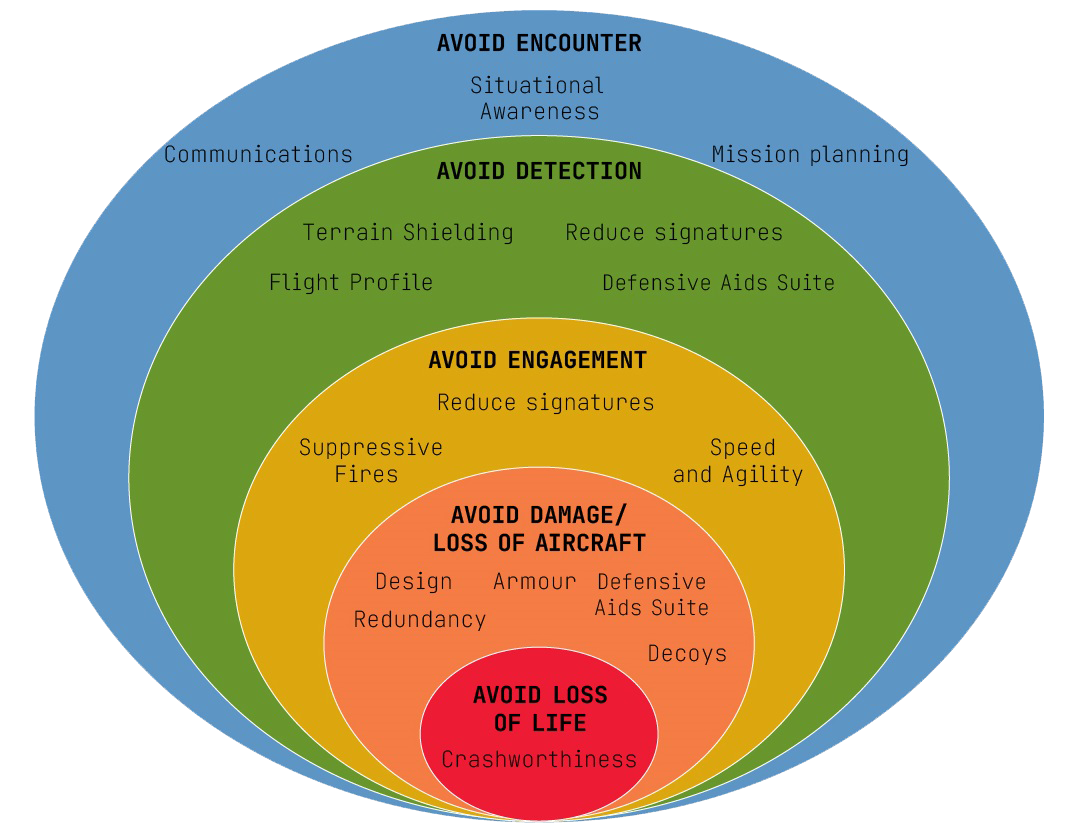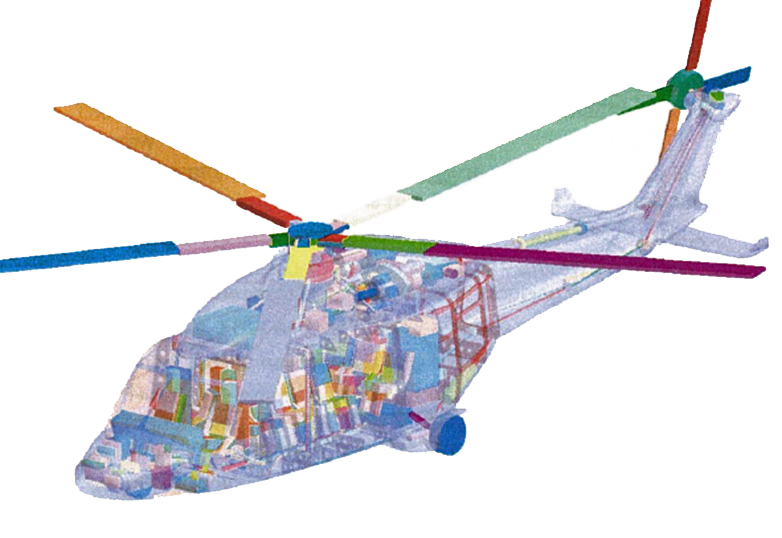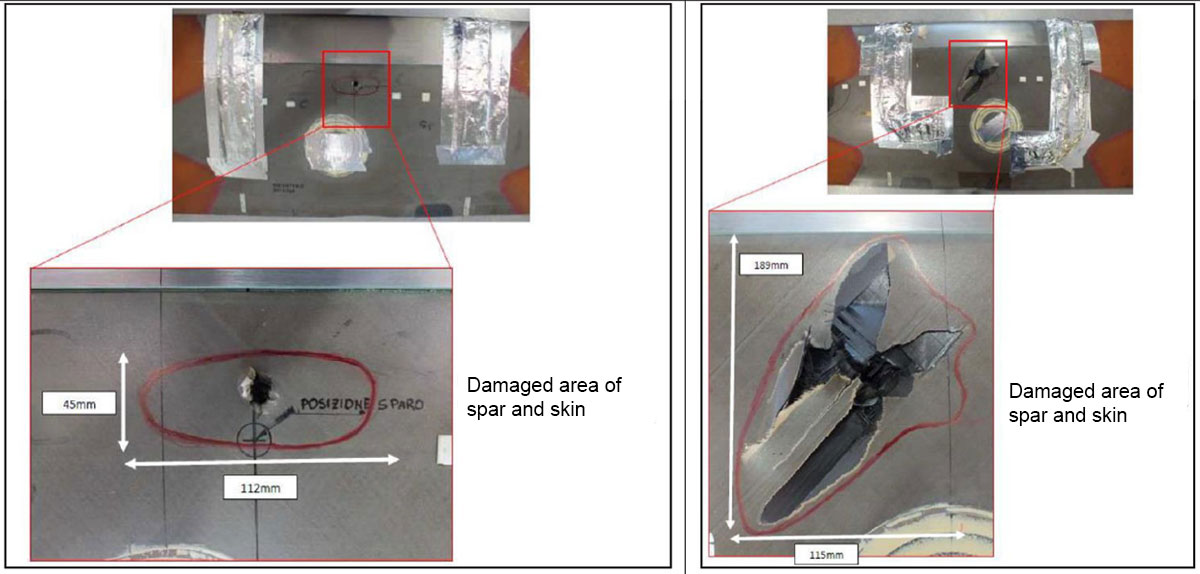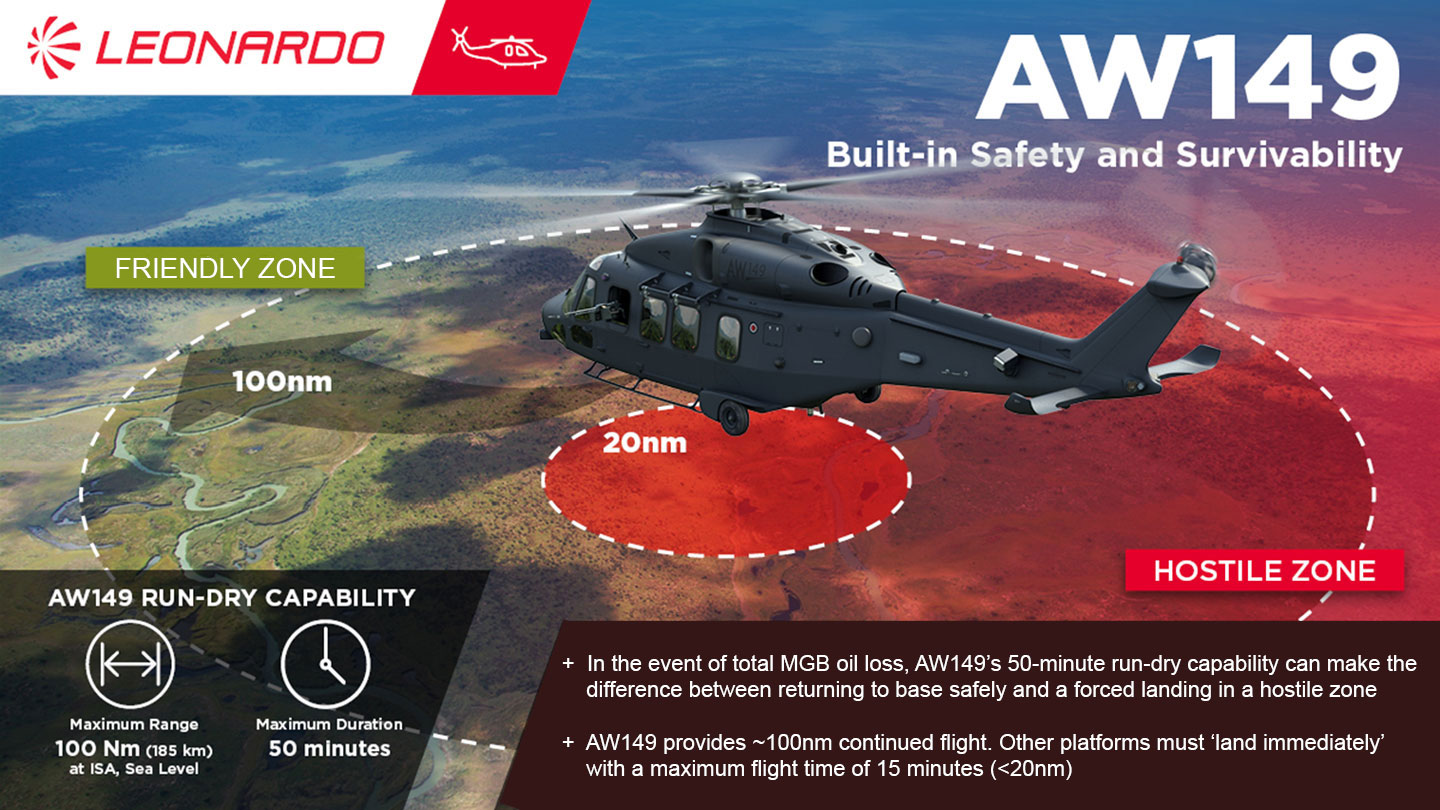Commonly known in military circles as the ‘Survivability Onion’, the diagram below represents the successive layers of a platform’s survivability defences.

Figure 1: A representation of the 'Survivability Onion' for aircraft
In designing aircraft, Leonardo’s approach is to consider the Survivability Onion from the inside out, as the features on the inside must be considered at the earliest stages of the airframe’s design process.
Whilst some elements of survivability can be improved, with the addition of role-fit mission equipment, this article highlights that it is not viable to retrospectively modify an existing aircraft to meet military crashworthiness and survivability standards if they have not been taken into consideration during the original design.
Crashworthiness – Avoid loss of Life
From the start of its development, the AW149 was designed to meet the most exacting military crashworthiness standards set by the UK Ministry of Defence (MOD) and our international military customers.
Mike Overd, Leonardo’s Chief Engineer for UK Military Aircraft, explains: “The AW149 has a robust undercarriage design which is able to withstand the very high descent rates typical of military requirements. By incorporating multiple and energy absorbing load paths in our airframe, we can demonstrate at least 90th percentile crashworthiness performance for all of DEFStan 00-970 crash case requirements; covering a number of different impact angles/attitudes. This means that in 90% of all survivable crashes, the crew and cabin occupants will survive. For a typical troop transport aircraft, where ordinarily heavy mass items such as engines and the main gearbox are located above the cabin, 90th percentile is a very good result.
“The aircraft also has outstanding emergency egress routes and, for operations over water, can be equipped with flotation systems enabling safe ditching egress in conditions up to Sea State 6.”
At the design stage of the AW149, Leonardo used a high fidelity ‘Digital Twin’ to simulate the effects of different crash cases. When evaluating the crashworthiness of different aircraft types, the benchmark for comparison is the pure vertical crash case. Leonardo has simulated a vertical crash at a speed of 42 feet per second. This represents the 95th percentile crash case and the results showed all heavy mass items [including engines and the main gearbox] remained attached to the structure and the structure itself remained intact – allowing crew and passengers safe egress from the cockpit and cabin.




